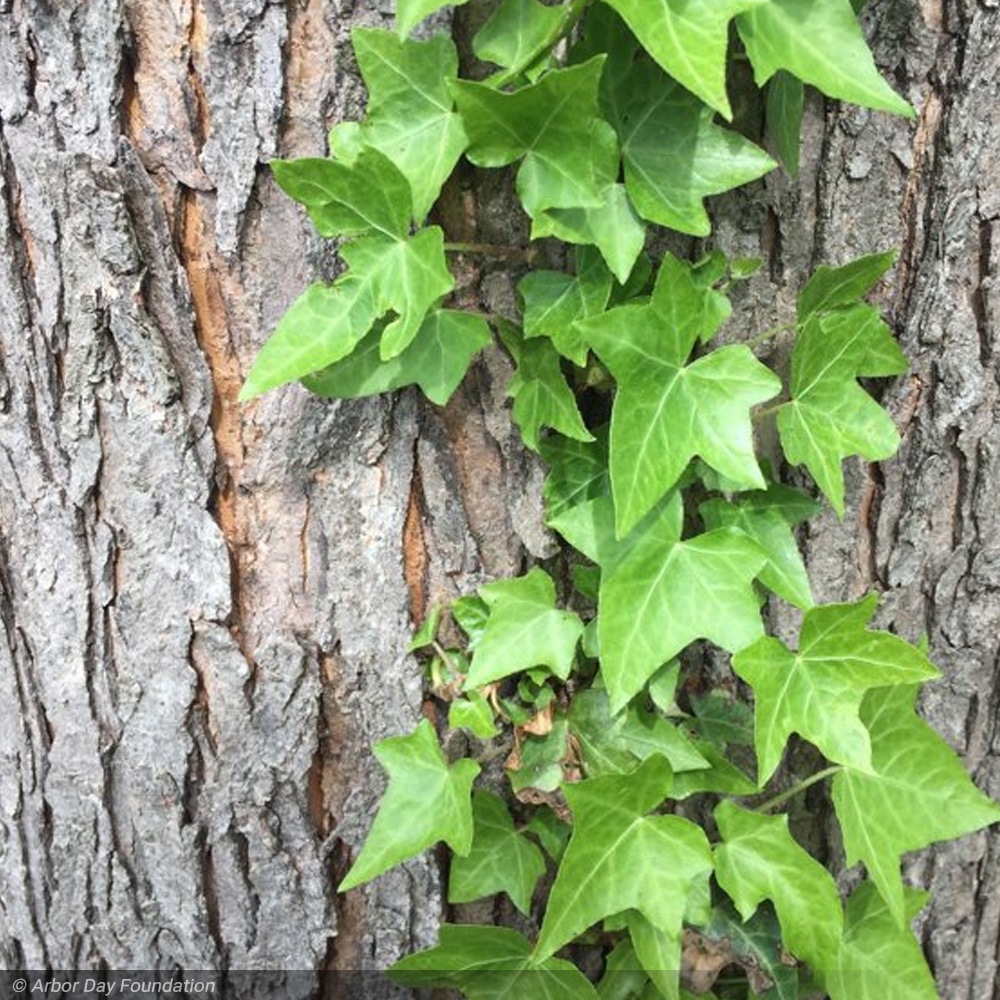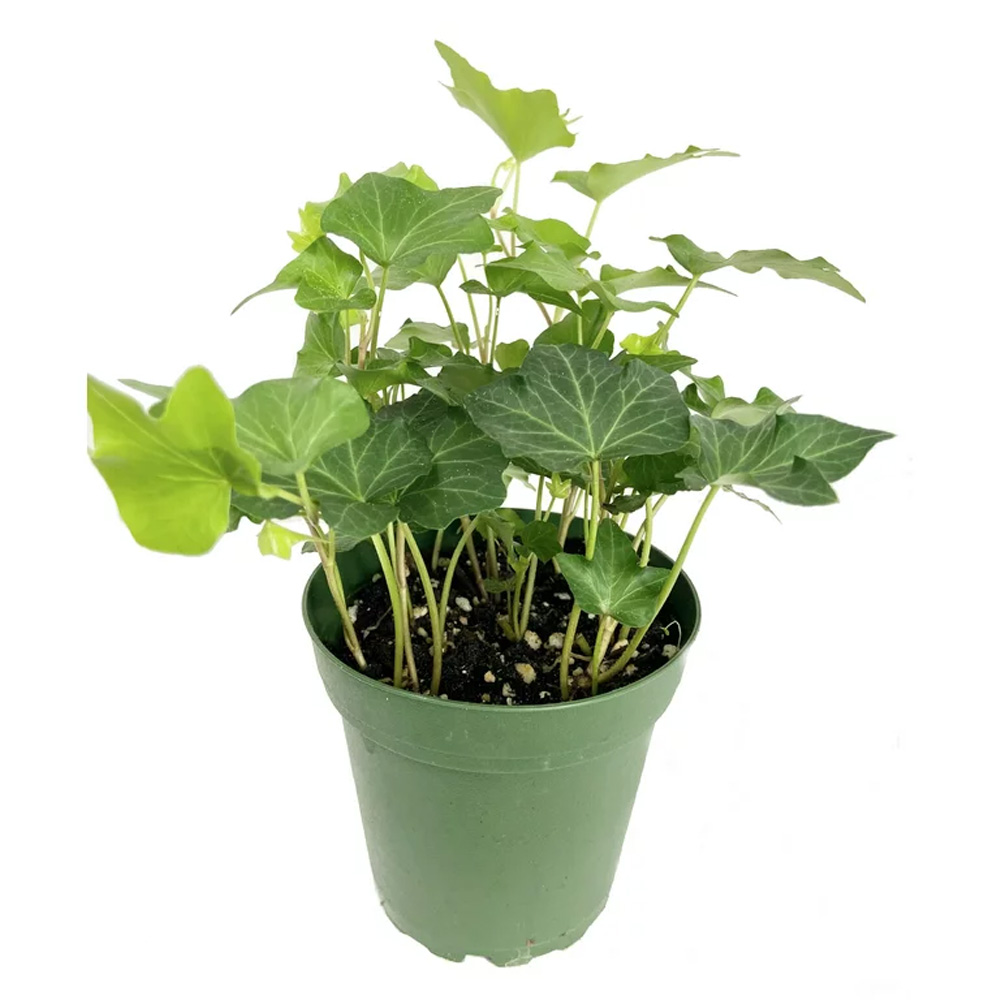English ivy is frequently grown inside. Despite its ability to withstand freezing temperatures, it is advised to keep it indoors and not to plant it in your garden because it is an invasive plant that has grown outside of agriculture into uncultivated areas where it is displacing native species and spreading into tree canopies.
| Plant Type |
Climbers, Perennials |
| Hardiness Zone |
4-13 |
| Exposure |
Partial Sun, Shade |
| Season of Interest |
Spring, Summer, Fall, Winter |
| Height | 15' - 25' (ft), 25' - 35' (ft) |
| Spread | 6' - 8' (ft), 8' - 10' (ft), 10' - 15' (ft) |
| Water Needs |
Average |
| Maintenance |
Low |
| Soil Type |
Chalk, Clay, Loam, Sand |
| Soil PH |
Acid, Alkaline, Neutral |
| Soil Drainage |
Moist but Well-Drained, Well-Drained |
| Characteristics |
Evergreen |
| Tolerance |
Deer, Drought, Rabbit |
| Attracts |
Birds |
| Garden Uses |
Banks and Slopes, Beds and Borders, Ground Covers, Hanging Baskets, Patio and Containers, Wall-Side Borders, Walls and Fences |
Hedera helix (English Ivy)
| English Ivy, Common Ivy, European Ivy, Ivy || English ivy is frequently grown inside. Despite its ability to withstand freezing temperatures, it is advised to keep it indoors and not to plant it in your garden because it is an invasive plant that has grown outside of agriculture into uncultivated areas where it is displacing native species and spreading into tree canopies.
Partial Sun, Shade,
Spring, Summer, Fall, Winter,
Average Water Needs, Low Maintenance, Moist but Well-Drained, Well-Drained,
Evergreen,
Deer Tolerant, Drought Tolerant, Rabbit Tolerant,
Attracts Birds, Banks and Slopes, Beds and Borders, Ground Covers, Hanging Baskets, Patio and Containers, Wall-Side Borders, Walls and Fences



